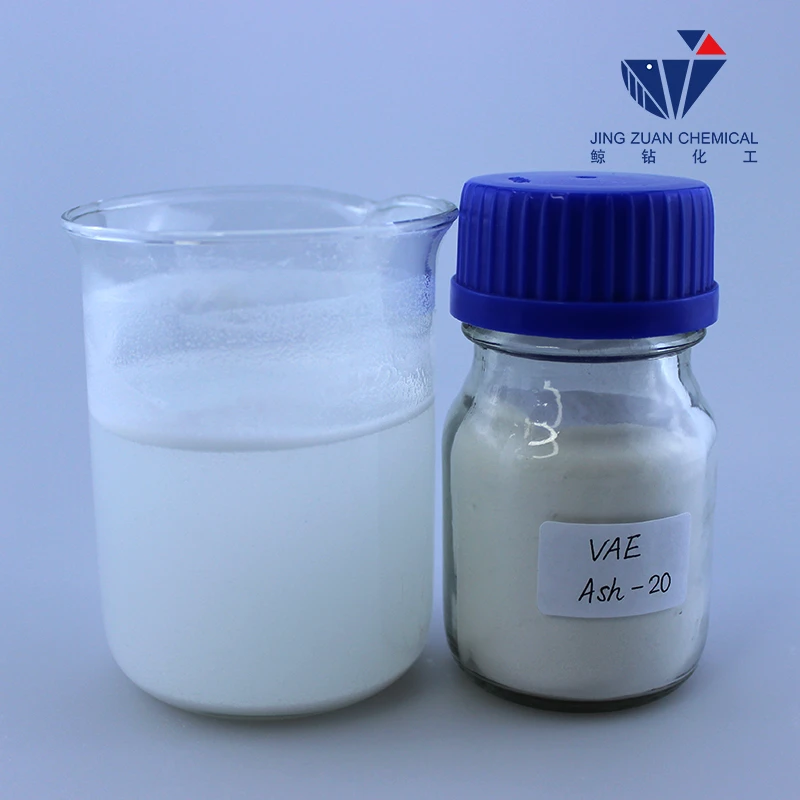
Dec . 02, 2024 05:07 Back to list
hec hydroxyethyl cellulose
The Versatility of Hydroxyethyl Cellulose (HEC) A Vital Ingredient in Various Industries
Hydroxyethyl cellulose (HEC) is a non-ionic, water-soluble polymer derived from cellulose, a natural polymer that constitutes the primary structural component of plant cell walls. Due to its unique properties, such as thickening, film-forming, and stabilizing capabilities, HEC has become increasingly important in various industries, including pharmaceuticals, cosmetics, food, and construction. This article explores the multifaceted applications of HEC, its properties, and its significant impact on modern product formulations.
Understanding Hydroxyethyl Cellulose
HEC is produced by the reaction of alkali cellulose with ethylene oxide, which introduces hydroxyethyl groups into the cellulose chain, enhancing its water solubility. This modification plays a crucial role in determining the polymer's physical and chemical properties, making it an indispensable ingredient in many applications. HEC is characterized by its high viscosity, excellent thermal stability, and biocompatibility, allowing it to function effectively in a variety of environments.
Applications in Pharmaceuticals
One of the most notable applications of HEC is in the pharmaceutical industry. HEC is frequently employed as a thickening agent and stabilizer in topical formulations such as creams, lotions, and gels. It helps to improve the texture and consistency of these products, promoting uniform distribution upon application. Moreover, HEC is commonly used in the formulation of controlled-release medications, where its gel-forming properties aid in the gradual release of active ingredients, enhancing the therapeutic efficacy of pharmaceuticals.
In addition, HEC plays a critical role in the production of tablet formulations by acting as a binder. This property allows for better cohesion of the tablet components, ensuring uniformity in size and dosage. HEC's compatibility with a wide range of excipients makes it a preferred choice among formulators seeking to optimize their drug delivery systems.
Contributions to the Cosmetics Industry
The cosmetics industry has recognized HEC for its thickening and stabilizing properties. It finds its application in a plethora of products, including shampoos, conditioners, and facial cleansers. HEC enhances the viscosity of cosmetic formulations, ensuring a desirable texture while preventing separation of ingredients. Additionally, its ability to create a film on the skin or hair provides a smooth and protective layer, which enhances the sensory properties of cosmetics.
hec hydroxyethyl cellulose

Furthermore, HEC is often used as a humectant, helping to retain moisture in both skin and hair products. This property is especially valuable in formulations aimed at providing hydration, making it a key ingredient in various moisturizing creams and serums. The compatibility of HEC with other cosmetic ingredients further boosts its popularity among formulators.
HEC in Food Applications
Beyond pharmaceuticals and cosmetics, HEC is also employed in the food industry as a food additive. It serves as a thickening agent, stabilizer, and emulsifier, enhancing the texture and mouthfeel of food products. Baked goods, sauces, and dressings often incorporate HEC to achieve the desired consistency and improve product stability. Its ability to form a gel-like structure in aqueous solutions contributes to the mouthfeel and overall sensory experience of food items.
Moreover, HEC is regarded as safe for consumption and is compliant with regulatory standards, making it a favored choice in the formulation of gluten-free products. It serves as an effective substitute for gluten, providing structure and texture to baked goods, thereby catering to the dietary needs of individuals with gluten sensitivities.
Implications in Construction and Other Industries
HEC's versatility extends to the construction industry as well. It is utilized as a viscosity modifier in cement-based formulations, such as tile adhesives and grout, enhancing workability and adhesion properties. The inclusion of HEC enables construction materials to maintain stability during application, improving overall performance.
Additionally, HEC finds applications in other sectors such as paints and coatings, where it acts as a thickener and stabilizer, contributing to improved application and durability of finished products.
Conclusion
In conclusion, hydroxyethyl cellulose (HEC) is a remarkable polymer with extensive applications across various industries. Its unique properties, including thickening, emulsifying, and stabilizing capabilities, make it an invaluable ingredient in pharmaceuticals, cosmetics, food, and construction. As industries continue to innovate and develop new products, HEC's role is expected to expand further, underscoring its significance in modern formulations and sustainability. Whether enhancing the effectiveness of a pharmaceutical, improving the texture of a cosmetic, or providing stability in food products, HEC remains a critical component in meeting contemporary consumer demands.
-
Unlocking the Benefits of HPMC Products: A Gateway to Versatile Applications
NewsAug.07,2025
-
Unleashing the Potential of HPMC Ashland: A Comprehensive Look
NewsAug.07,2025
-
Tile Bonding Cellulose: The Key to Superior Adhesion and Durability
NewsAug.07,2025
-
Hydroxypropyl Methylcellulose Powder: The Versatile Component in Modern Pharmaceuticals
NewsAug.07,2025
-
Hydroxyethyl Cellulose: The Versatile Solution for Various Industries
NewsAug.07,2025
-
Hydroxyethyl Cellulose (HEC): The Versatile Polymer for Various Applications
NewsAug.07,2025







